2022 December 14
Mars Opposition Blog 14 December 2022
A week after opposition, and the final blog post for the calendar year, as observations have been continued by over 90 individuals, and examples of the work of 43 of them have so far featured on this blog.
After mid-November the UK weather became exceptionally cloudy and wet but shortly before opposition it improved. The writer had clear skies on the five consecutive nights from December 6-10 for example, and many UK observers – the writer included – watched the spectacular occultation of Mars by the Full Moon in the early hours of December 8. Here I have space only for a drawing by C.Nuttall (York) and an image by Sean Walker (New Hampshire, USA).
Attention has focused upon watching the ever-changing configurations around the N. pole. The ground cap has definitely been visible at times, but there have remained variable amounts of polar hood. Examples of images and drawings are given here by P.G.Abel (Leicester), W.J.Leatherbarrow (Sheffield), T.Olivetti (Bangkok, Thailand) and M.Piccoli (Udine, Italy) to show the variability of the area in recent weeks.
Several features such as Olympus Mons, Hecates Tholus and Elysium Mons have shown an opposition brightening for a week either side of opposition, although they were all cloud-free at the time. At the same time there have been increasing amounts of equatorial cloud visible, for example at Chryse-Xanthe, Eden, etc. Tempe, adjacent to the polar hood/cap has shown a marked diurnal brightening, and Alba has been light, next to the edge of the polar hood.
Several observers in the USA and Australia made systematic patrols to see if there would be any specular reflection or ‘flash’ from Edom (Schiaparelli) according to the predictions published in Sky & Telescope. Anthony Wesley and Phil Miles made video sequences over the predicted time ranges, starting earlier and finishing later. Their results were negative, as were those of other observers such as M.Caruso, F.J.Melillo and N.MacNeill. It seems to me that the equivalence in De and Ds occurred at a latitude slightly too far north to coincide with the near-horizontal areas of reflective minerals in this crater.
Remember, images have to be formally submitted to be considered a contribution to the Section’s work. There are quite a number of members posting images at the BAA website who never send them to the Section: a pity.
Part 2 of the final 2018 opposition report has now appeared in the December Journal. (Preview link; full PDF is for BAA members only.) The Mars opposition blog will continue in the New Year. Good observing!
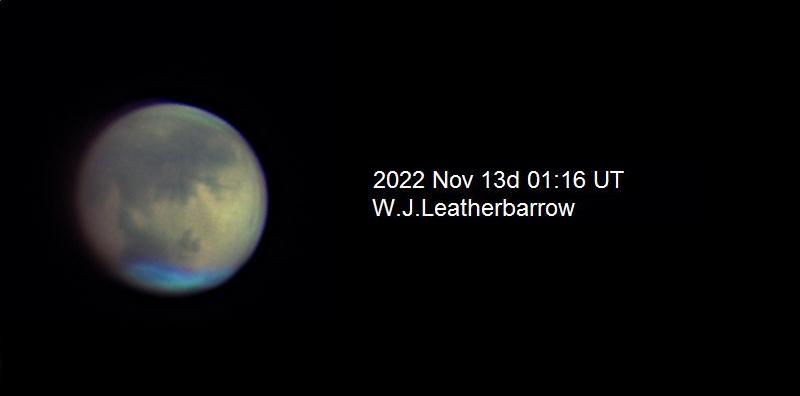
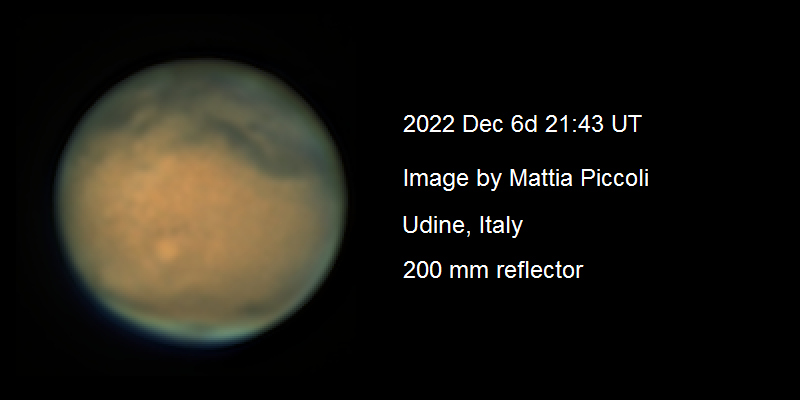
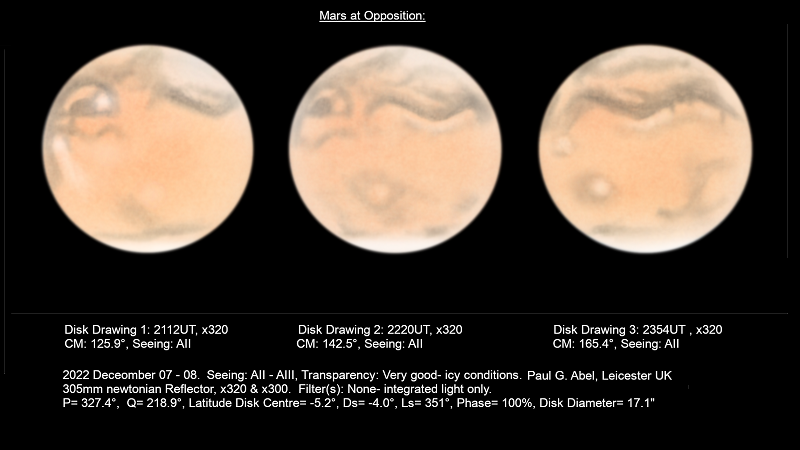
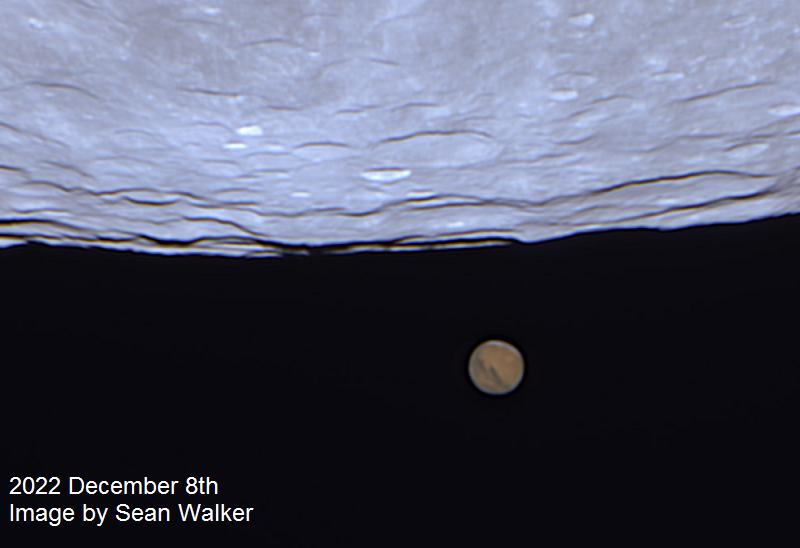
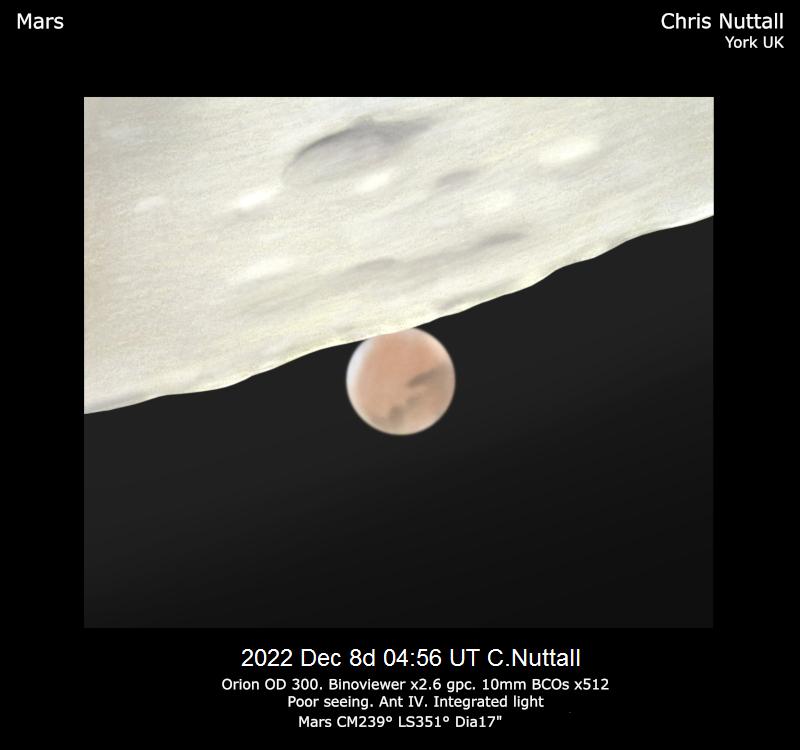
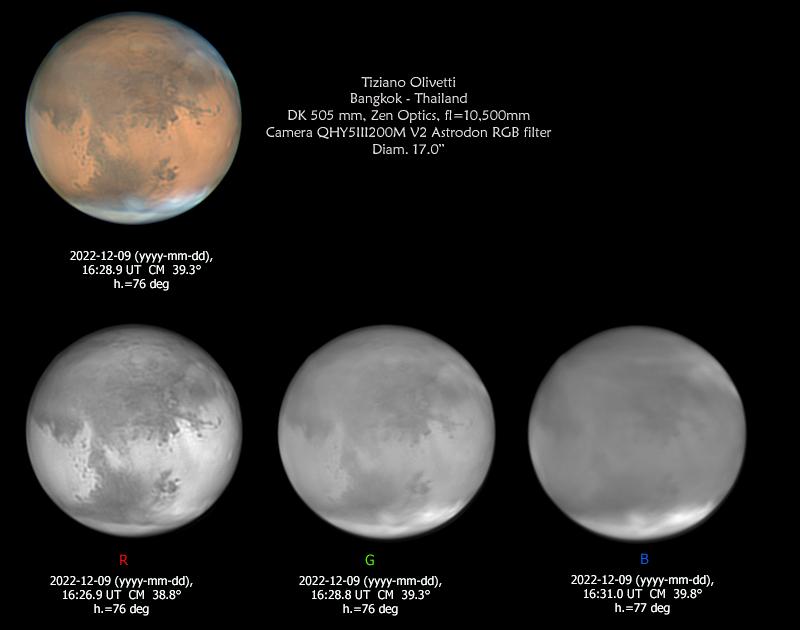
| The British Astronomical Association supports amateur astronomers around the UK and the rest of the world. Find out more about the BAA or join us. |
